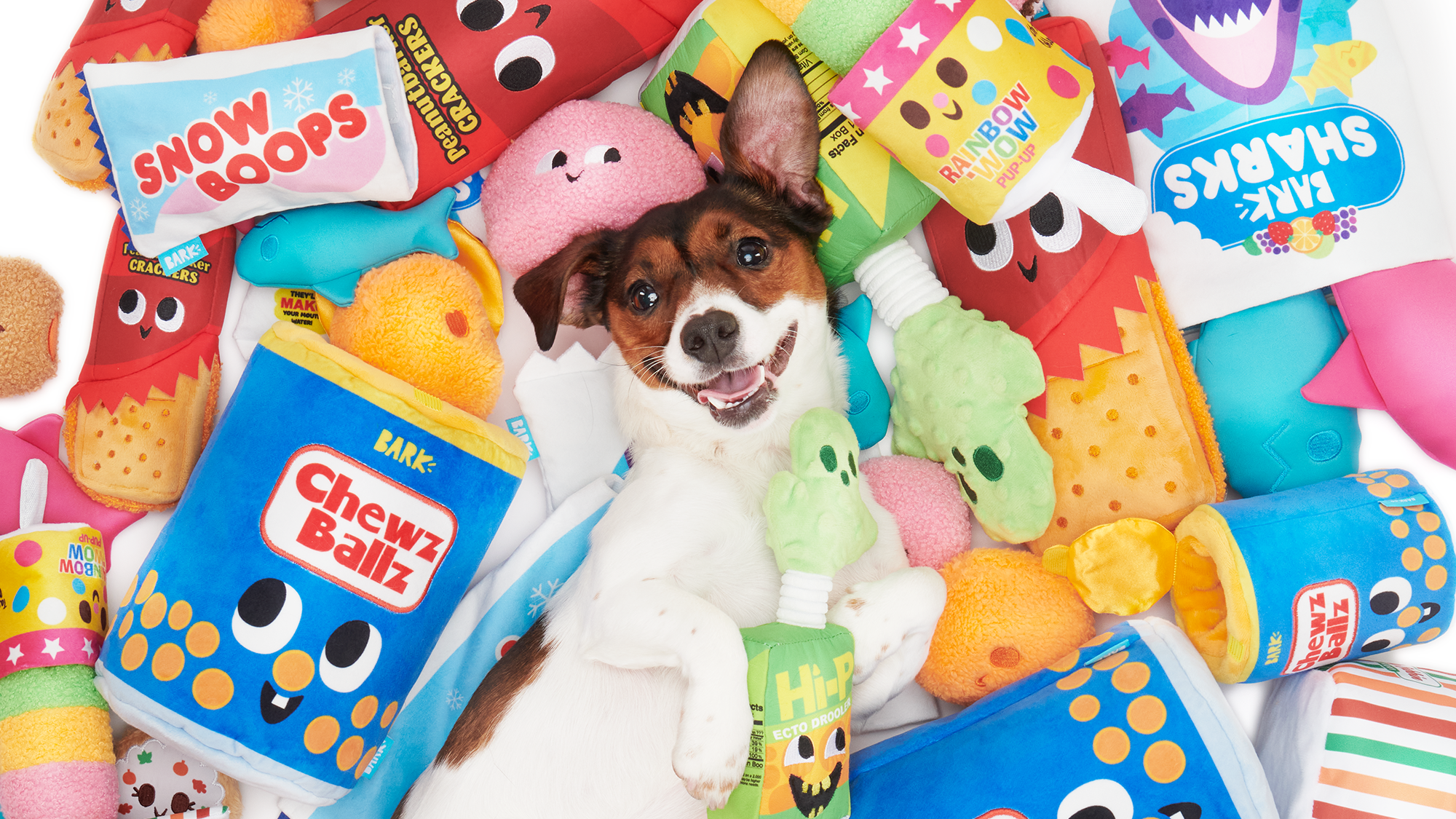20 puppy habits you should nip in the bud
Stop bad puppy behavior early to raise a calm, well-behaved, and happy dog

Everything about puppies is cute, but there are definitely some bad puppy behaviors you should nip in the bud early on – because these things that are normal in young dogs, can turn into serious behavioral issues once they’re bigger if left unchecked.
It might seem funny when a little pup nibbles your toes with its tiny teeth, but fast-forward 12 months, and it’s an altogether different prospect. From nipping at clothes to chewing furniture and barking at shadows, puppies are full of energy and learning how to navigate the world. Use these early days to set boundaries and teach them the right way to behave, rather than indulging behaviors that will soon not be acceptable.
With the help of expert vet Dr Hannah Godfrey, we walk through 20 bad puppy behaviors that may seem harmless (or even adorable) at first but can lead to frustration and bigger problems down the line....
20 bad puppy behaviors you should nip in the bud
1. Biting or nipping
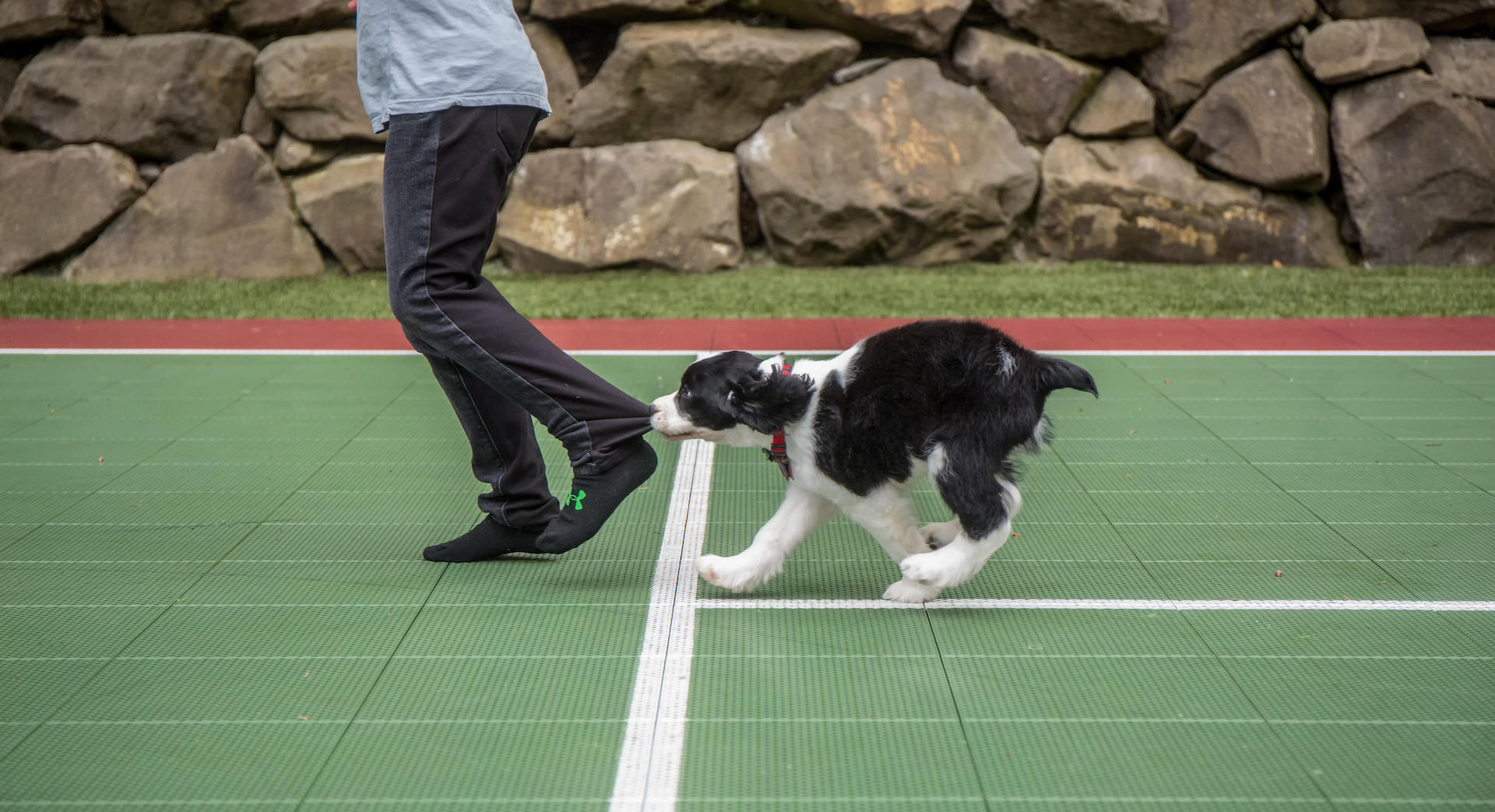
Like teething babies, mouthy puppies are to be expected. But learning how to stop a puppy nipping is a crucial part of owning a young dog.
Dr Godfrey says: “I see lots of pet parents of new puppies who are concerned about their puppy biting or nipping them, particularly their fingers and toes.
“This is a normal part of puppy development, and can be worsened by teething, but it’s important to discourage it and provide an outlet that isn’t going to cause you or other people an injury as they get older.”
2. Resource guarding
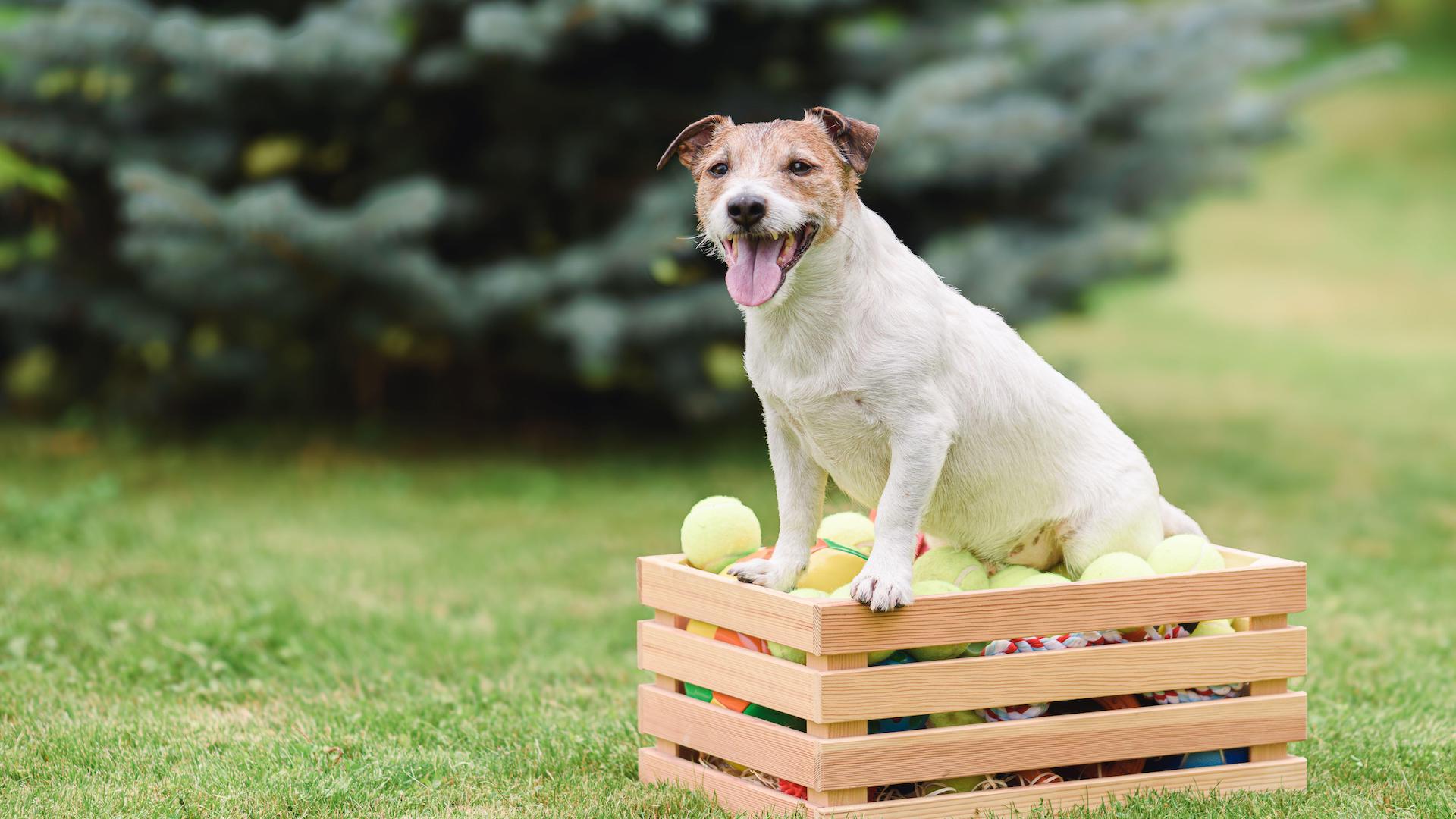
If your puppy appears to be resource guarding what he considers a treasured item, it’s a good idea to address this unwanted behavior early before it escalates into aggression. Training and positive reinforcement will help build trust so that the pup understands he doesn’t need to protect what he sees as his resources.
Get the best advice, tips and top tech for your beloved Pets
3. Chewing
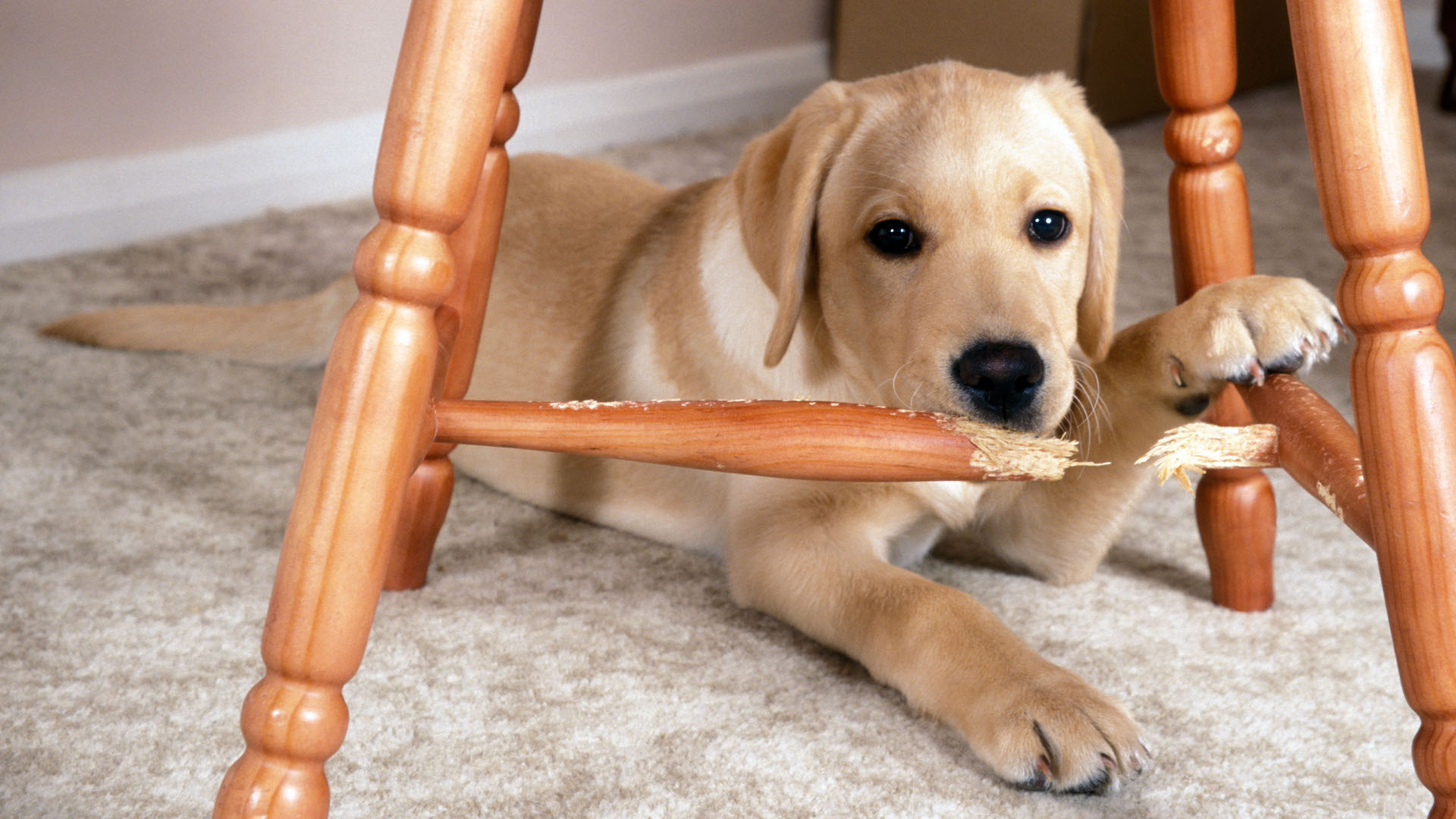
“Chewing can be a really frustrating behavior for pet parents, because it can cause damage to the home as well as being a risk to your puppy’s health,” warns Dr Godfrey.
“If you want to reduce the chance of your pup destroying your wallpaper, carpets, or cushions in the future, it’s a good idea to make sure they know what’s OK to chew and what isn’t.”
Stop a puppy chewing by providing appropriate outlets, such as puppy-safe chew toys, which you hand to them so they understand they can’t help themselves to any shoe or chair leg that takes their fancy.
4. Separation anxiety
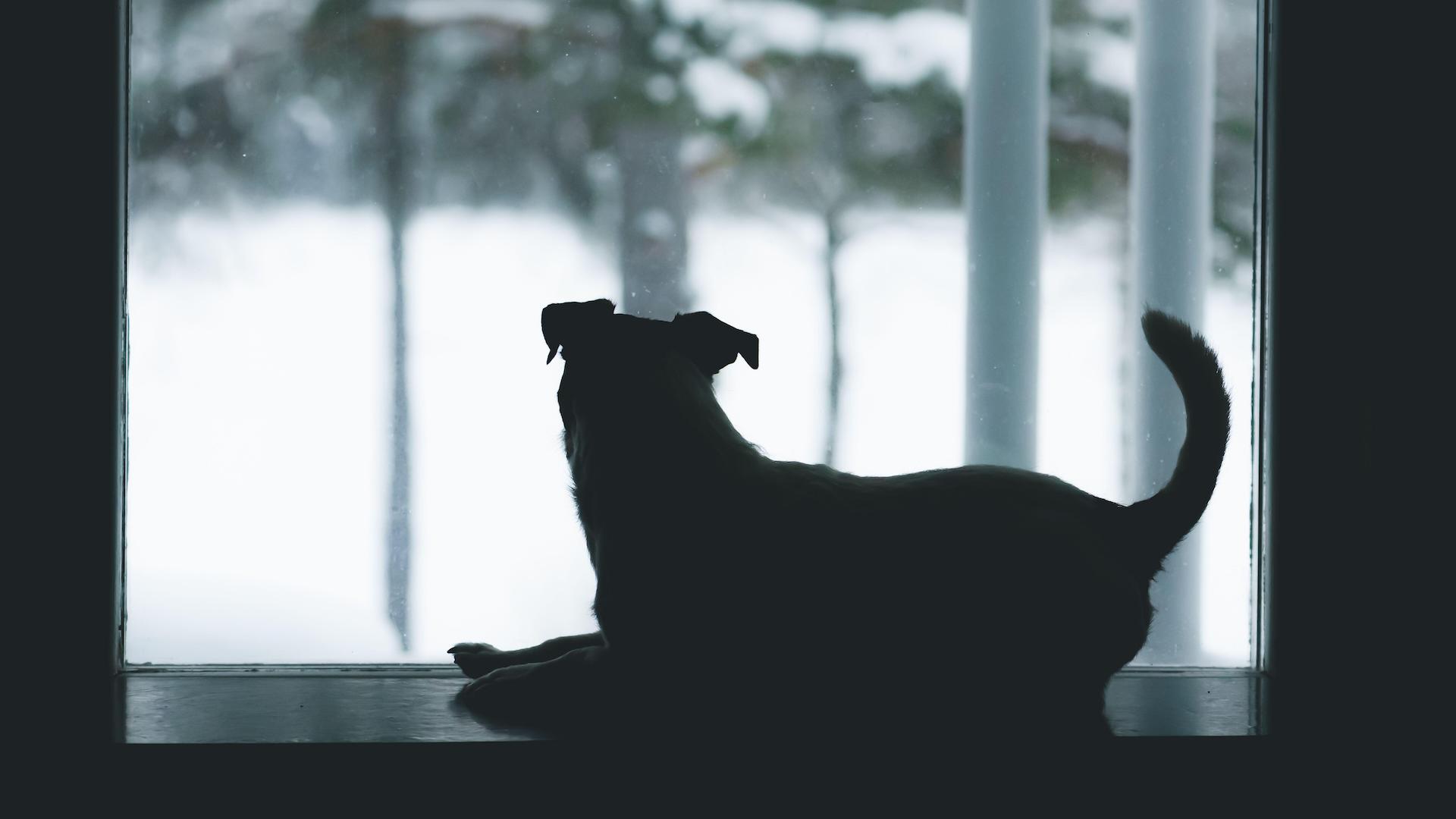
Puppies should not be left alone for very long, but they do need to gradually get used to you being out of the house for extended periods or they will develop separation anxiety.
Start with very short periods, slowly increasing the duration you are away. Dogs tend to respond well to routine, so if they are well settled in a schedule of walks, feeding, playtime, and downtime, then you can time your outings for a moment when they need to rest.
A crate or designated safe space will help create a sense of security while they wait for your return.
5. Pulling on the leash
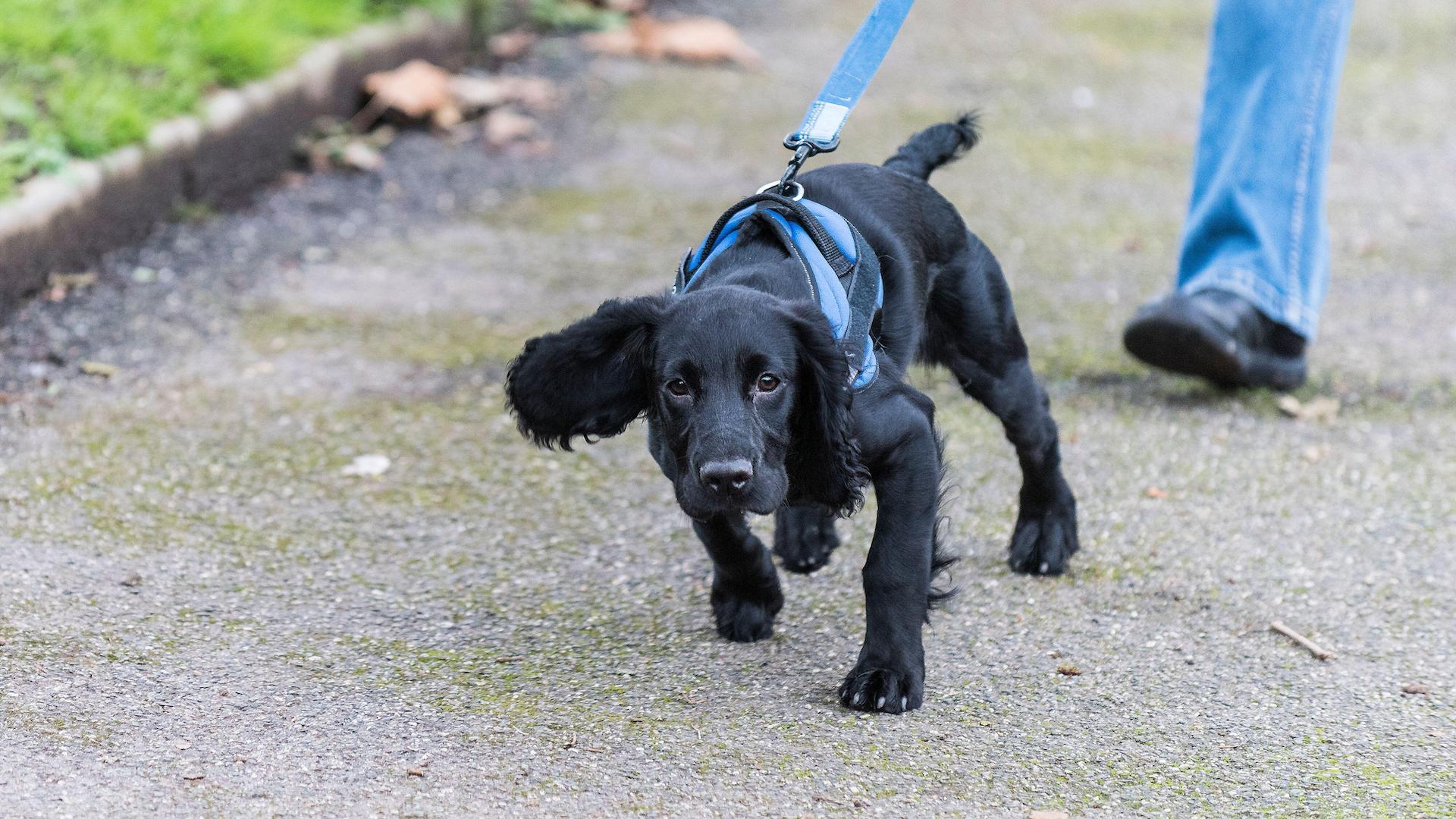
“If your puppy pulls on the leash, it might not feel like a problem when they don’t weigh much,” says Dr Godfrey. “However, I’ve seen plenty of pet parents being dragged into the consult room by their dog, so it’s not ideal once they get older and stronger.”
Not only is it an annoying and exhausting habit, but pulling on the leash is bad for the dog physically. Leash training is essential.
“Teaching your pup to walk to heel will help to keep you both safe and prevent pressure on their throat and windpipe,” adds Hannah.
6. Ignoring commands
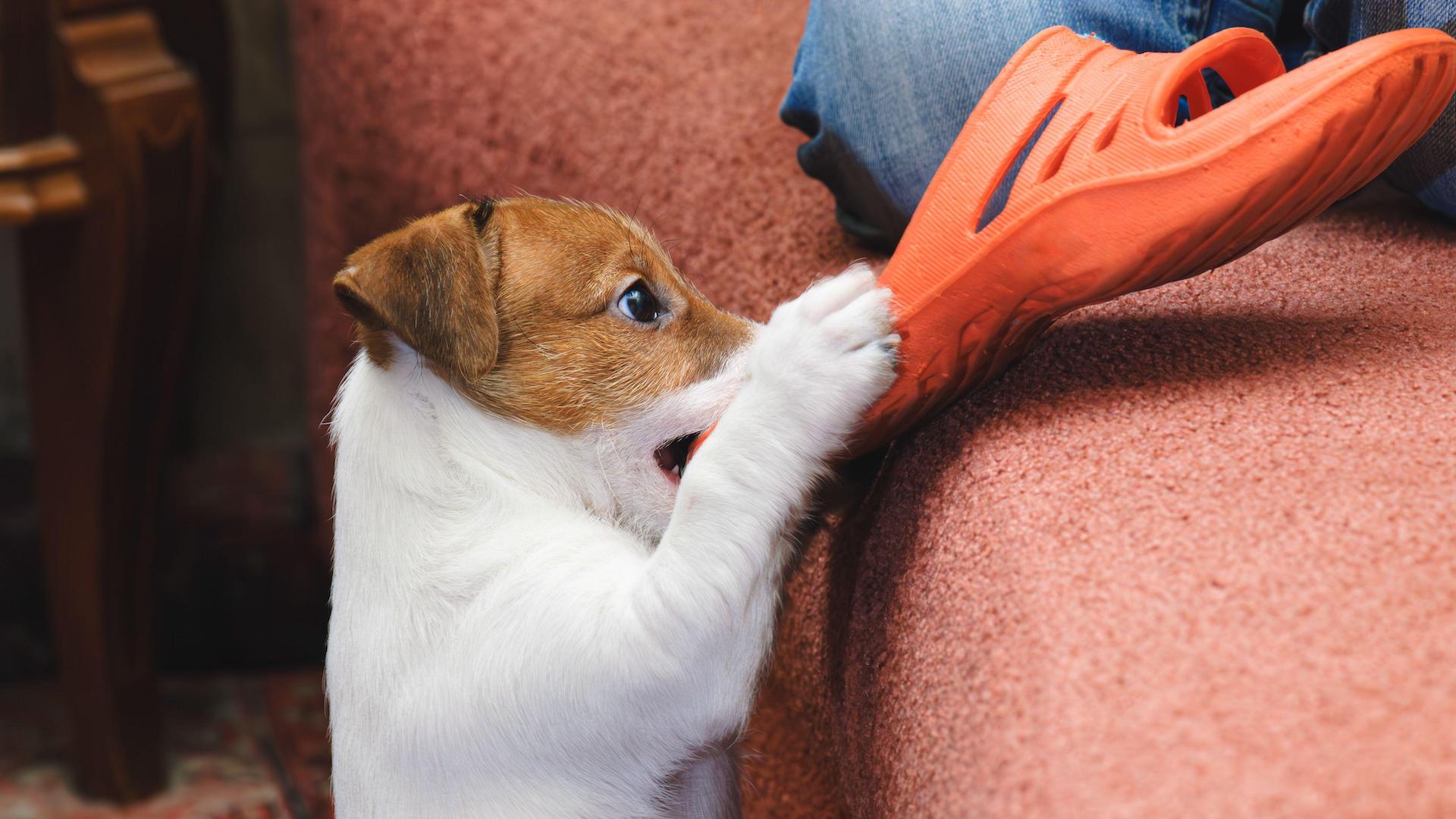
While a confident, independent puppy is a good thing, if they pay no attention to you, they’ll end up with poor manners, with potentially dangerous consequences.
Keep their focus on you. Make yourself fun and interesting, so they are always curious to know what you’re going to do or ask next. If they are so distracted that they can’t hear you, it becomes impossible to train necessities such as recall.
7. Jumping up
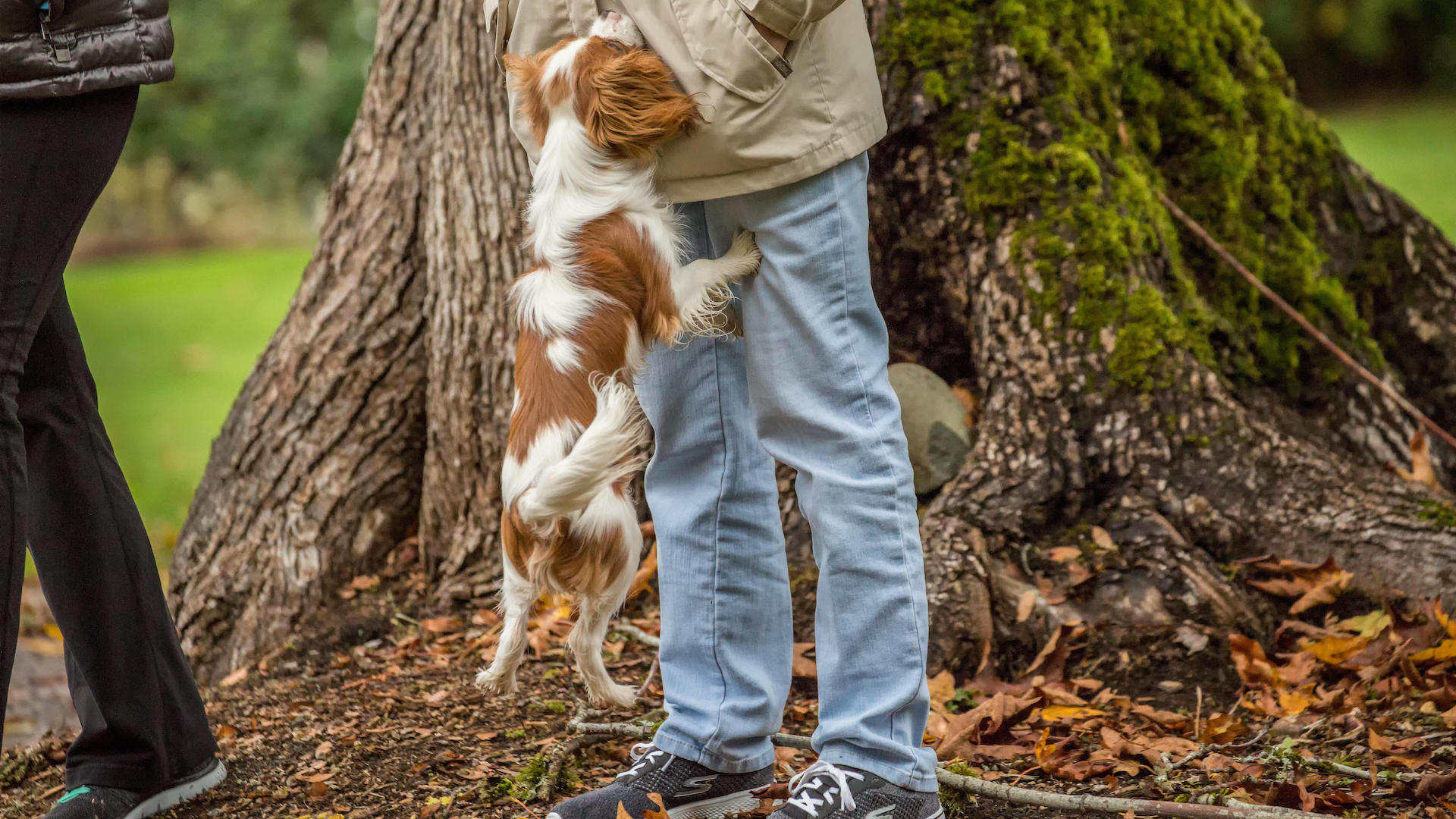
Most people do not enjoy a dog jumping up at them. It can be intimidating, annoying – not to mention the possibility of muddy paws on white trousers!
Dr Godfrey says that jumping up is a behavior that is often tolerated for too long.
“It might seem fun when your puppy jumps up on your legs, but as they get older and heavier, it can cause injuries,” she says.
“On top of this, visitors to your home may feel nervous around dogs or may not appreciate being jumped on, so it’s a good idea to train your puppy not to jump up from a young age.”
8. Whining
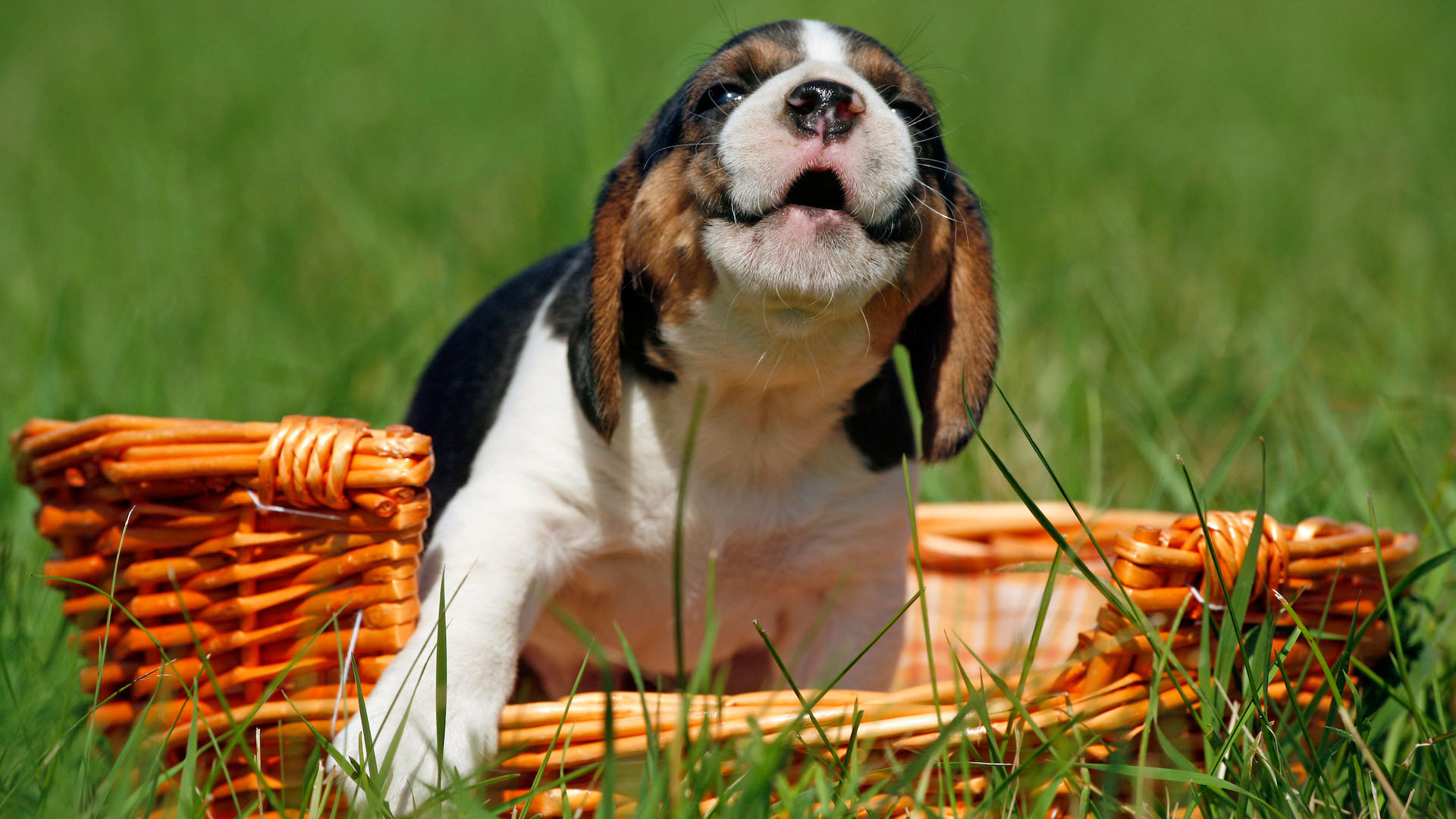
You cannot begin to stop your puppy whining until you have discovered the root cause of their behavior. Each reason will require a different approach. First up, rule out any discomfort: are they in pain, feeling cold, or do they need to go to the bathroom? They may be feeling fearful or anxious and will need comfort and security, such as a safe place.
But many puppies whine for attention, and this can be perpetuated into adulthood if you always react, whether to tell them off or to get rid of the noise. Instead, reward quiet behavior so that they learn not to whine with positive reinforcement.
9. Humping
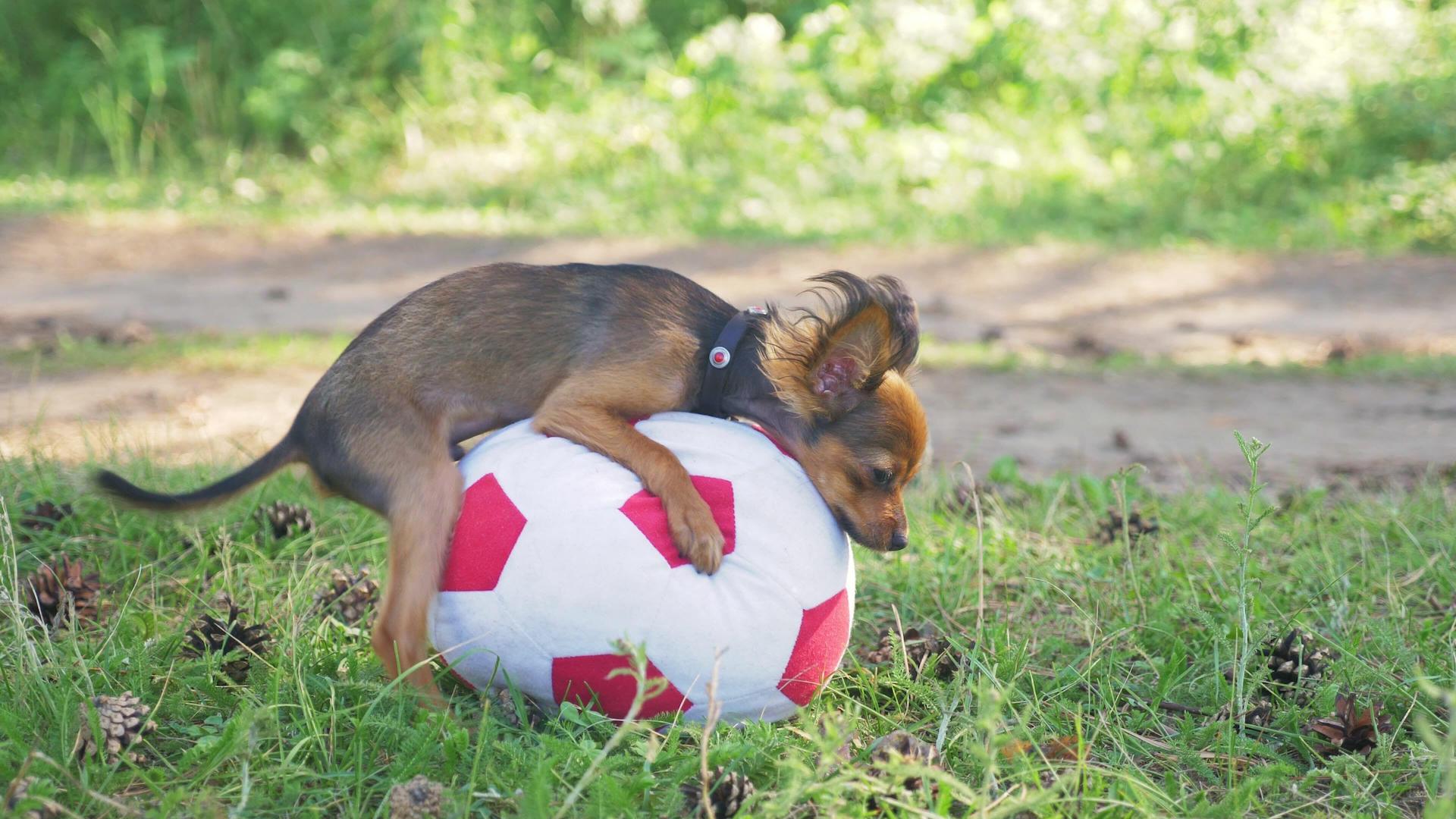
You might not know it, but both male and female dogs hump sometimes, and for lots of reasons.
Vet Hannah Godfrey says there’s not an obvious quick fix, but it is a behavior that needs to be stopped rather than ignored.
“Neutering doesn’t always solve the problem, because it can be due to boredom or frustration,” she says. “Distracting your dog when they start to get overexcited will help to stop the behavior from becoming a habit, which is important.
“Remember, not everyone wants to have their leg humped, and if a male dog gets overexcited they can develop paraphimosis, where the penis becomes stuck outside of the prepuce, obstructing the blood flow. This is a veterinary emergency.”
10. Chasing moving objects
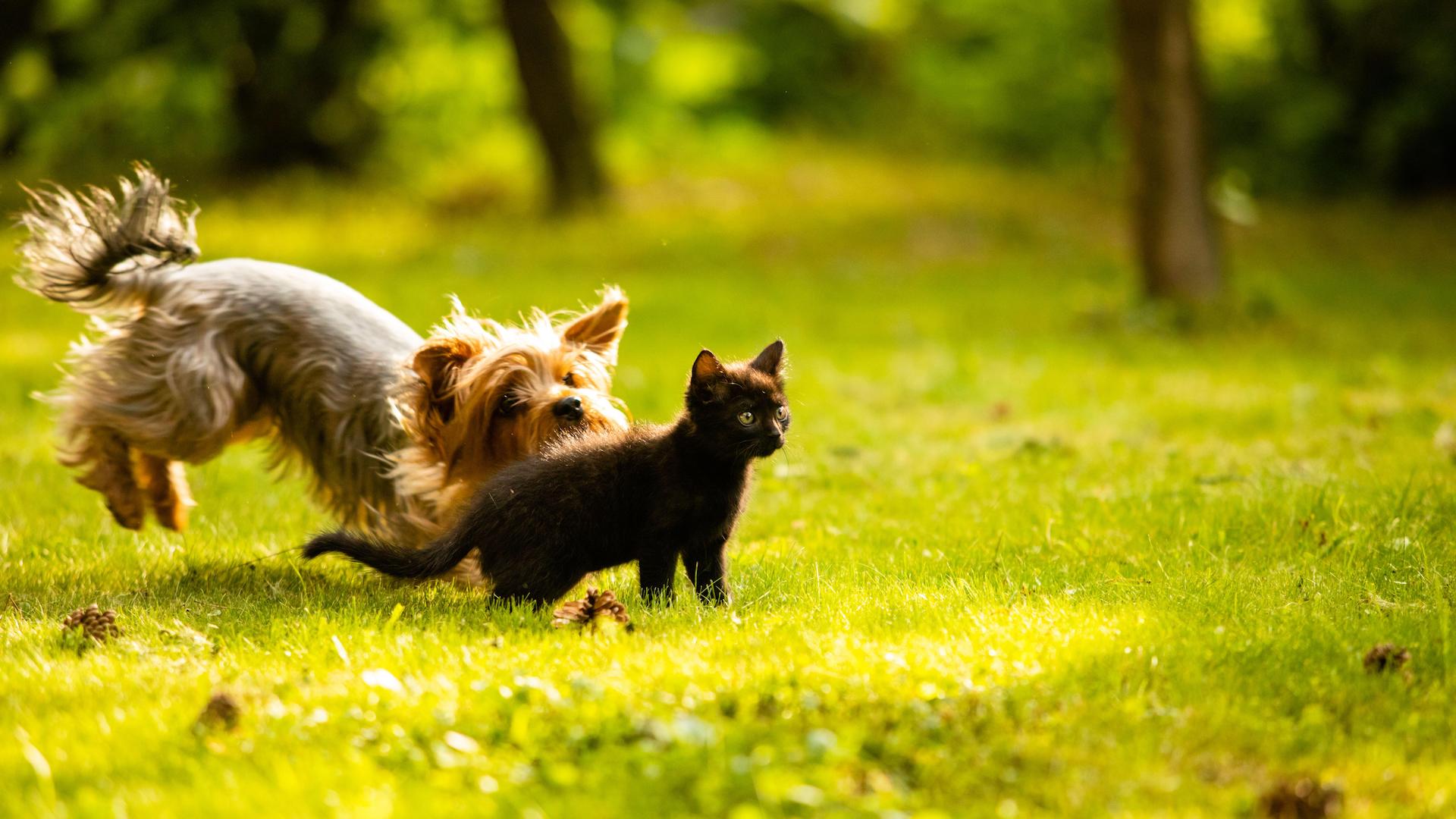
Dogs have a natural prey drive, and many a playful puppy will love to chase anything that moves, whether it’s small animals, leaves, or even shadows. While playtime is great for puppies, if you cannot call your dog away from the chasing – for instance, another animal – or it becomes obsessive, then you have a problem.
From the outset, train your puppy not to rush after anything that moves by teaching them recall (try this trainer’s clever recall tip), reward them when they stay calm and ignore potential prey, and distracting them, redirecting their attention in a positive way. This is particularly important if you have a breed with a high prey drive.
11. Barking at visitors
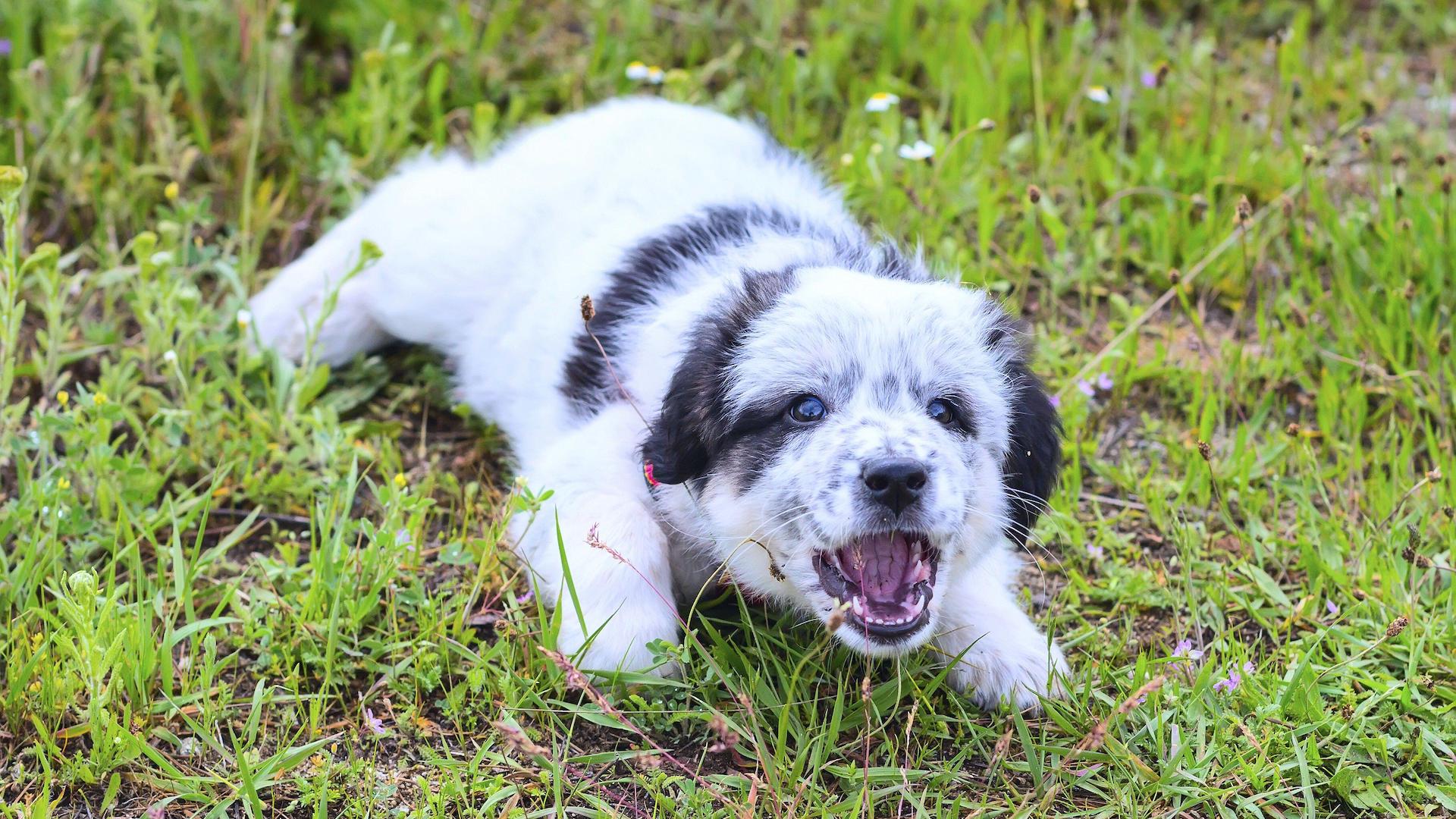
Although some dogs are quiet, many love to bark. This can be a useful attribute, but when they do not stop on command, it becomes problematic so instil correct behavior early on to stop excessive barking.
Dr Godfrey says: “Visitors to your home deserve to feel safe. Whether they’re delivering letters and parcels or they’re a friend coming over for a catch-up, you should discourage your puppy from barking and racing to the door, particularly if they’re prone to getting overexcited. Instead, encourage them to go to their bed or crate when the doorbell rings.”
12. Fearful reactions to new people or dogs
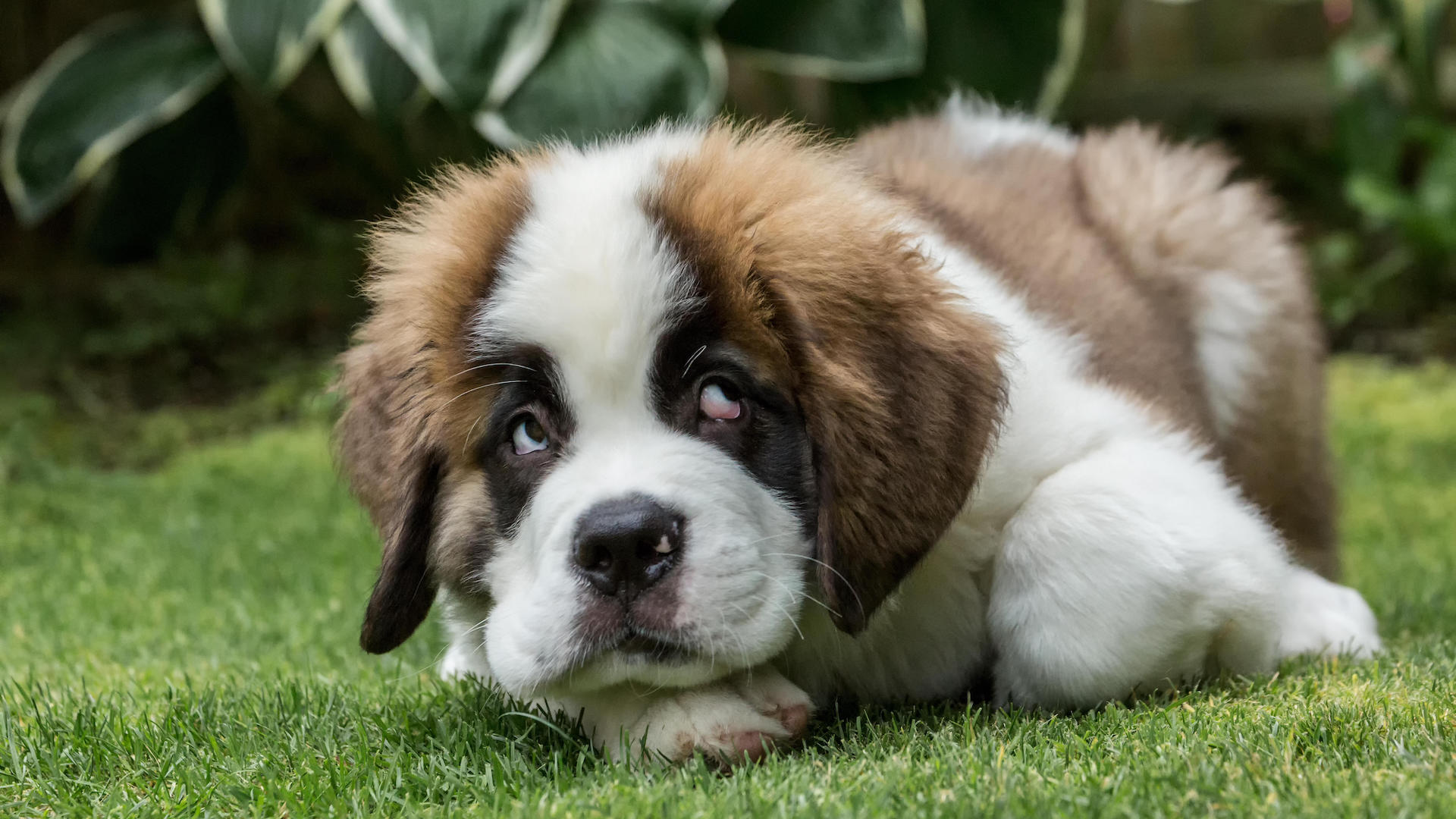
A critical period for puppies to socialize is in the first few weeks of their life, from around three to 14 weeks. It’s vital that they get out and about (post-vaccinations) and meet many friendly, calm people and other dogs, as this is when they are receptive to learning about the world around them.
It’s a crucial time to help them develop into confident grown-up pups, and those who miss out on this socialization can often become fearful or even aggressive.
13. Counter surfing

Puppies are too small for counter-surfing, but that doesn’t mean they aren’t sniffing out the important places they’d like to reach when their legs are long enough. Keep tempting items well out of the way of their super-sensitive noses, as well as training your puppy to “leave” whatever you do not want them sniffing, licking, or picking up.
Don’t leave your puppy unattended in areas where food might be within reach. It might be just too tempting when your back is turned!
14. Begging
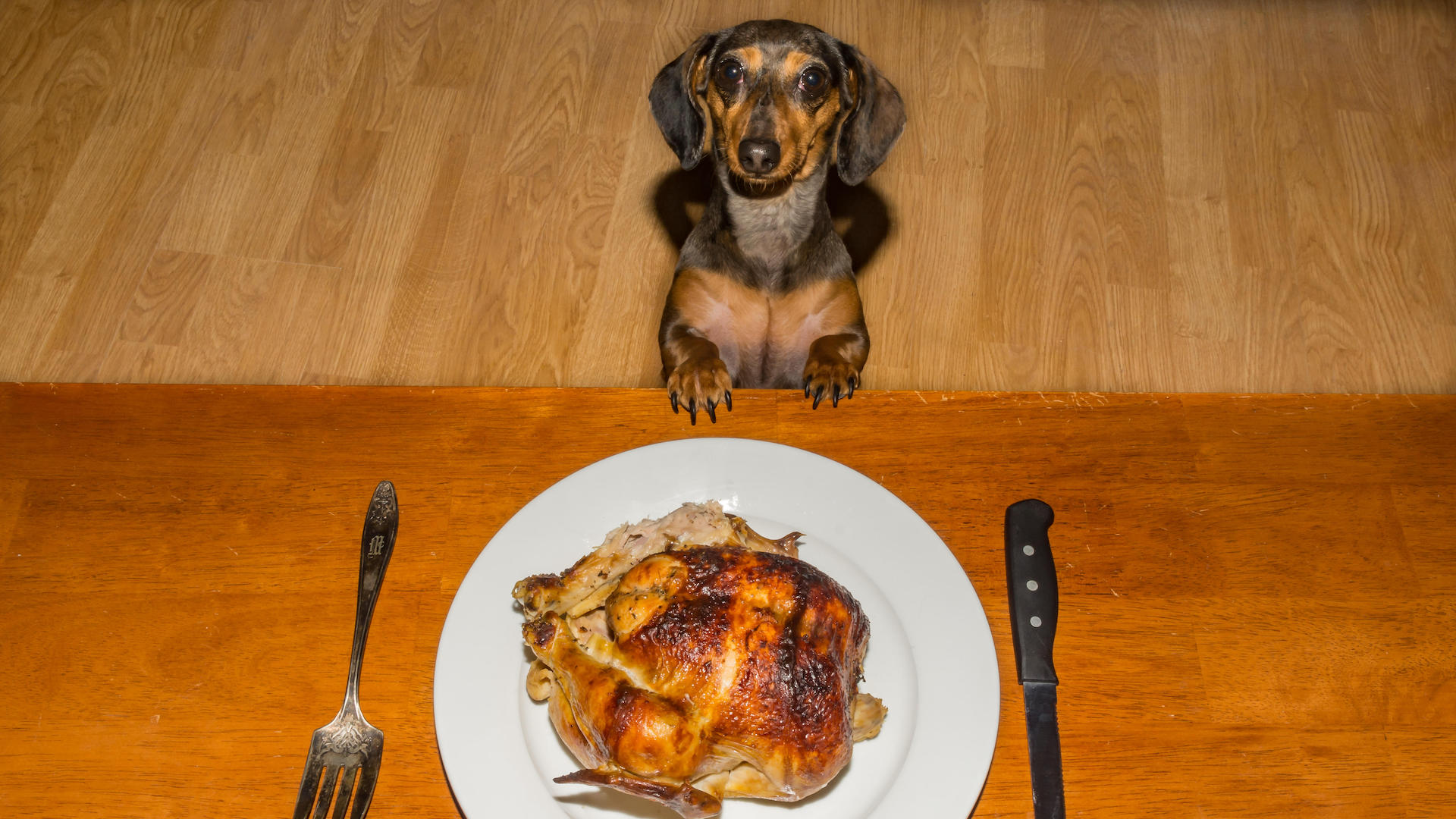
The first time a puppy begs for food, it’s almost quite endearing, but if you give in to this behavior and drop them a titbit, it will quickly become a very rewarding habit for them. This isn’t good for their weight or their diet, as well as being annoying.
To stop dogs begging for food, ignore them and distract them with a favorite toy. Establish a routine so that they come to expect food at particular times and within a schedule.
15. Digging

A puppy who loves to dig is likely to be a livewire who is seeking physical and mental stimulation. It can be difficult to stop a dog digging, but if you are able to provide an outlet for their energy, such as playing, walks, training games, and puzzles, you may find the digging behavior reduces.
If they simply love the sensation of digging, then consider making a designated area, such as a sandpit, where they can play in this way and let off steam. You can hide their favourite toys in there so they learn that it’s permitted in this exclusive zone.
16. Eating poop
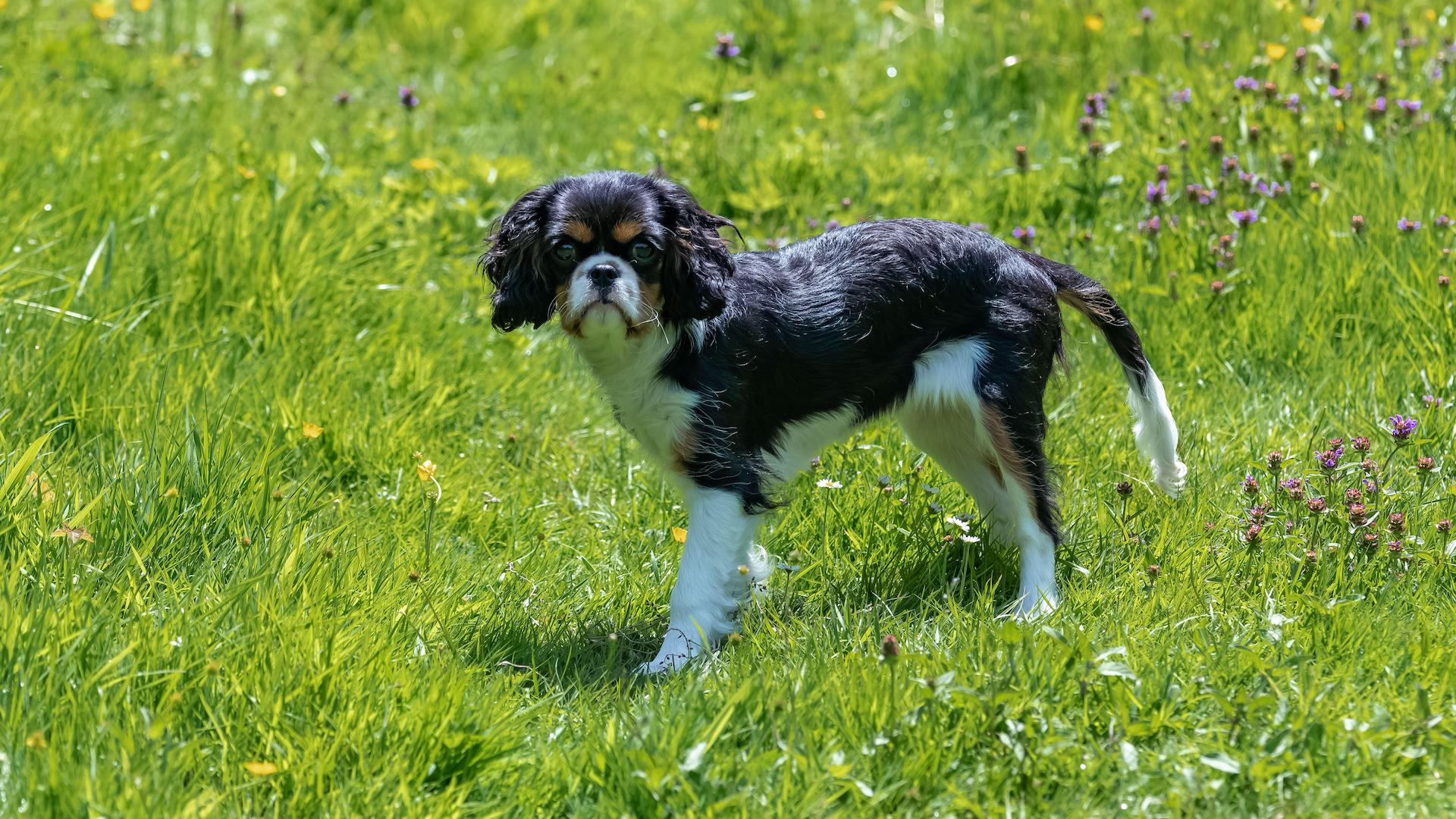
While eating poop isn’t the worst thing in the world in terms of a pup’s health, it’s a disgusting habit and can expose them to parasites and viruses. It may be a learned behavior from their mum, a form of exploration, they may genuinely like the smell and taste (yuck!), or they may simply be bored.
One straightforward way to minimise their poop eating is to clear any feces up immediately. Don’t panic, but it’s best to stop your dog eating poop while they are still young and haven’t made a habit of it.
17. Barging out the door
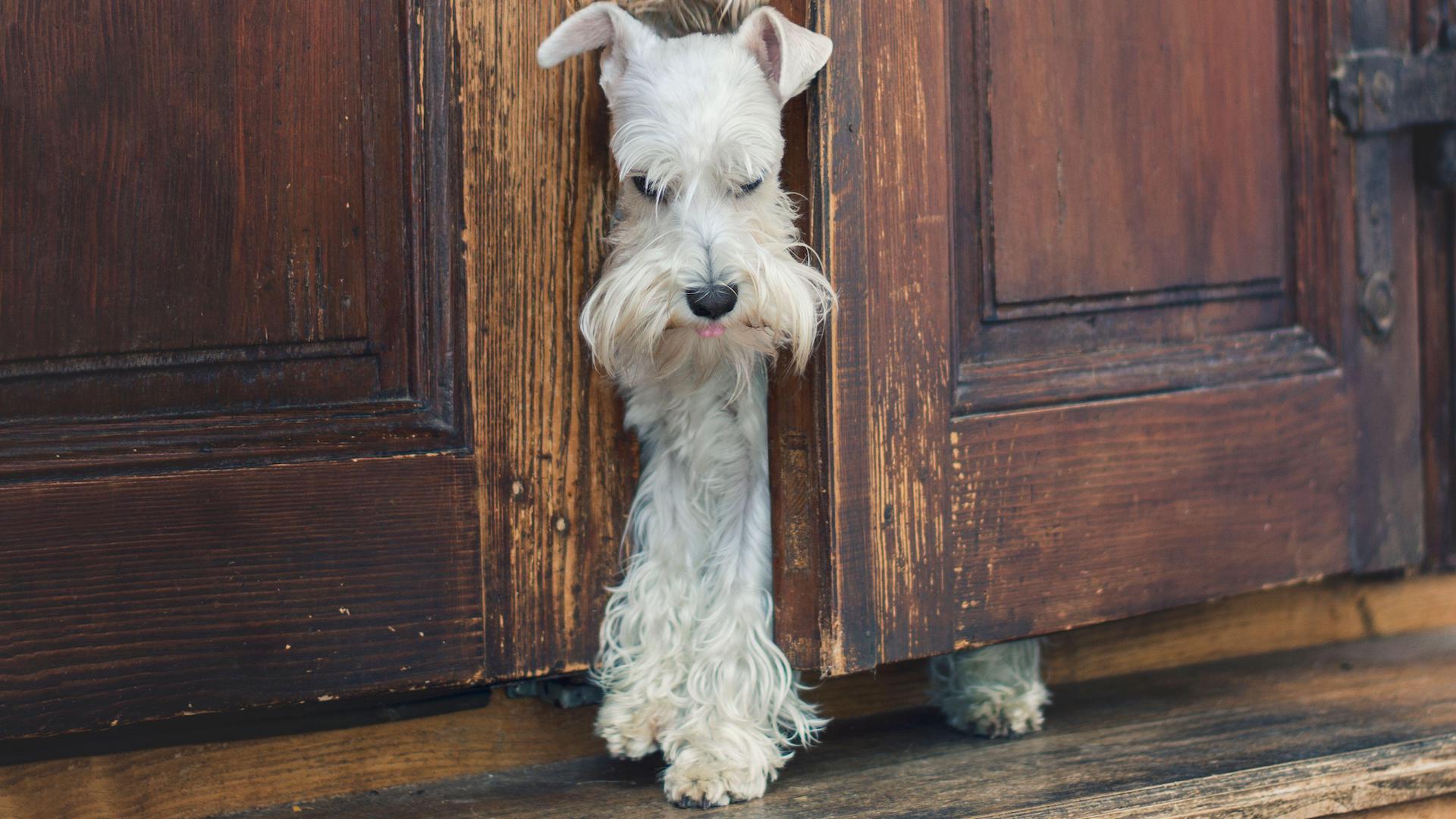
The average puppy may be bouncy, but they’re usually too small and weak to barge in front of you when you are about to go through a door. However, they very quickly become stronger and, relishing the freedom that an open door promises, often develop this pushy habit.
Management and training are vital to nip barging in the bud. It can be a dangerous habit if you live near a road. Use baby gates or leashes to restrict access, and train your pup to wait calmly, with rewards, until he learns the desired behavior.
18. Over-reliance on treats

Treats can be so useful as you work on training your pup with positive reinforcement. They are high value, making them a substantial reward, however, it’s handy to have other methods of reinforcing good behavior so you aren’t totally reliant on a pocketful of treats. Gradually decrease how frequently you feed titbits, and alternate with other nice things, such as praise, toys, and a good scratch.
19. Not learning to settle
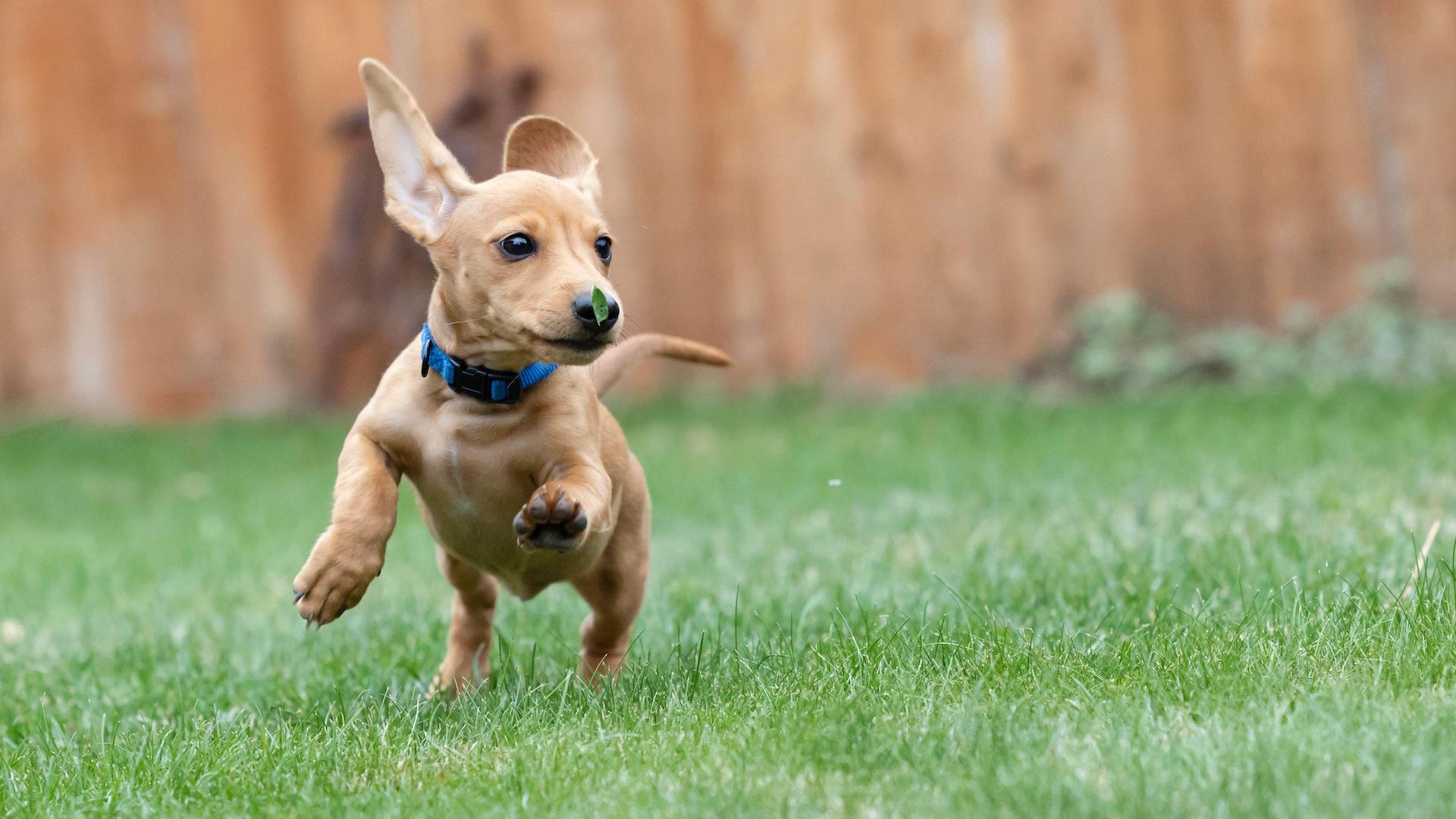
Puppies tend to whizz around like mini tornadoes and then conk out and sleep like babies. However, as they get stronger and need less rest, those energy levels stay high for longer. It’s so important to establish a command that tells the pup to settle, that playtime is over, and he needs to be calm.
A safe space, such as a crate or comfy bed, is usually a good place for them to rest, as well as a routine so they understand what happens when.
20. Fear of grooming
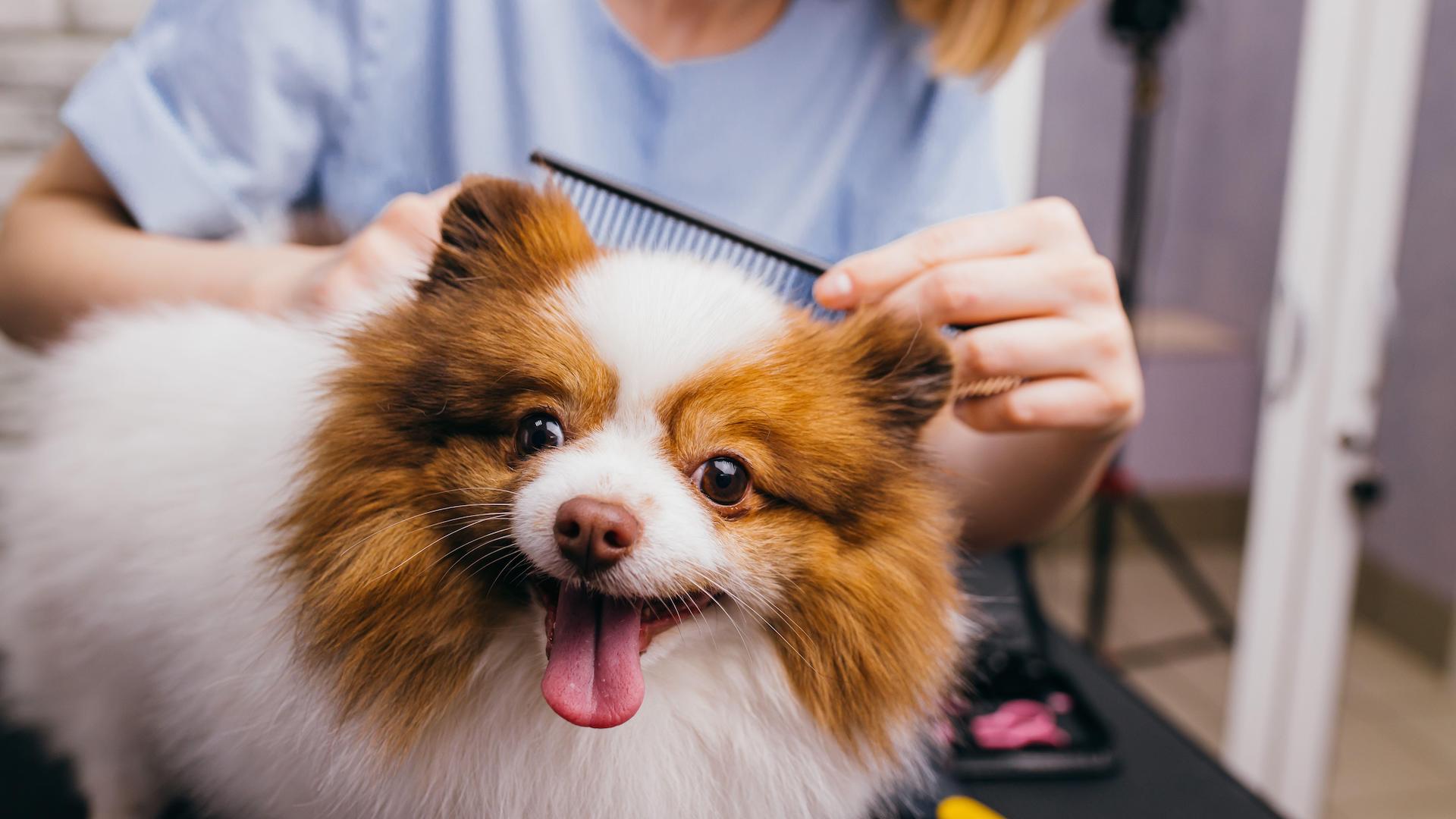
Many dogs need copious grooming sessions, some daily, others at least weekly. Some need to visit the grooming parlour because they require clipping or trimming. All dogs at some stage will need a bath. So it’s best to normalize the activity of grooming right from the start, then your pup will think it’s a regular part of life.
For brushing, bathing, and clipping, begin with short, very gentle sessions, introducing the grooming tools gradually. It’s a great time for bonding, too!
Read next: How to discipline a puppy
Edited by Georgia Guerin and Alexis De Leaver.
Martha is an experienced journalist working in both print and digital media. She specializes in the canine, equine and rural sphere where she has covered a wide range of topics from cloning animals and the ingredients for a perfect yard dog, to helping owners find the best canine GPS trackers on the market. When she’s not busy writing about dogs and horses, she’ll be found either aboard a horse or looking after the menagerie of pets in her care.
